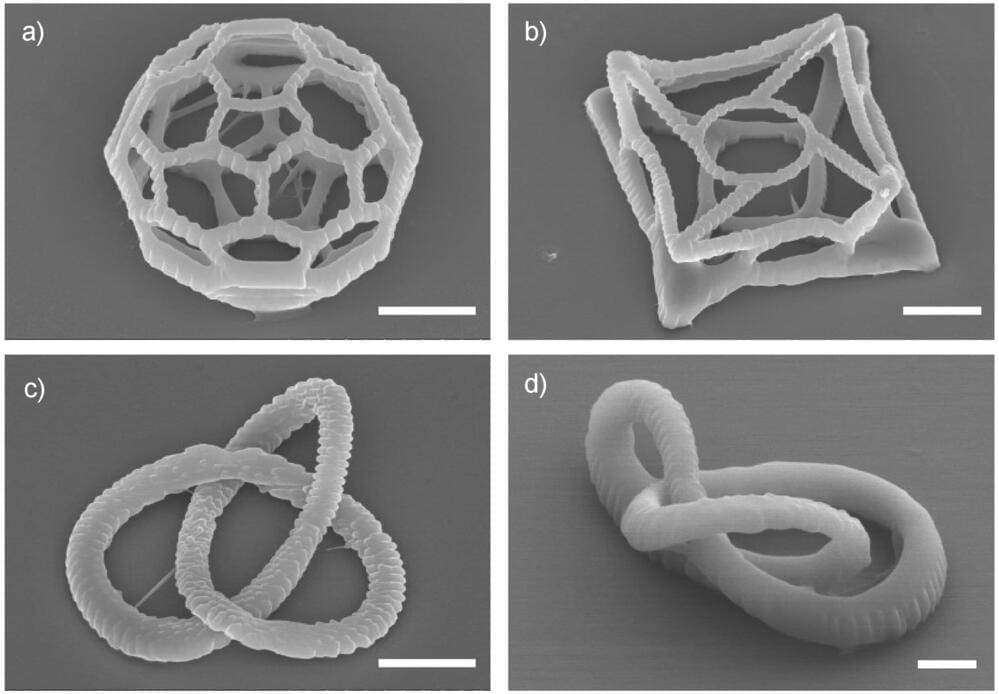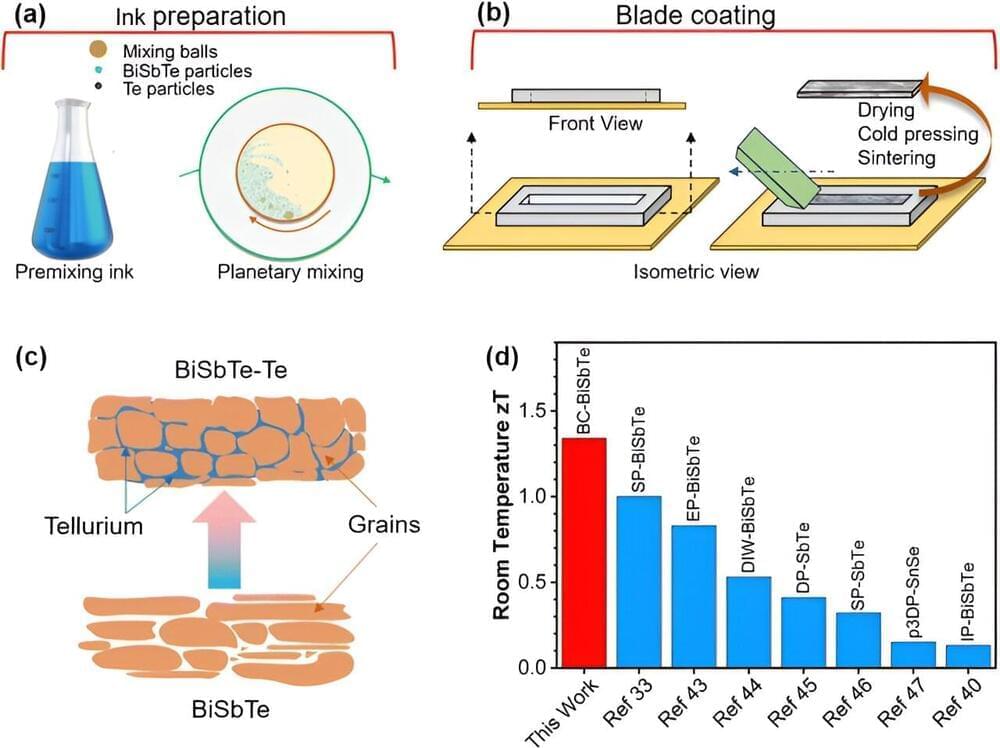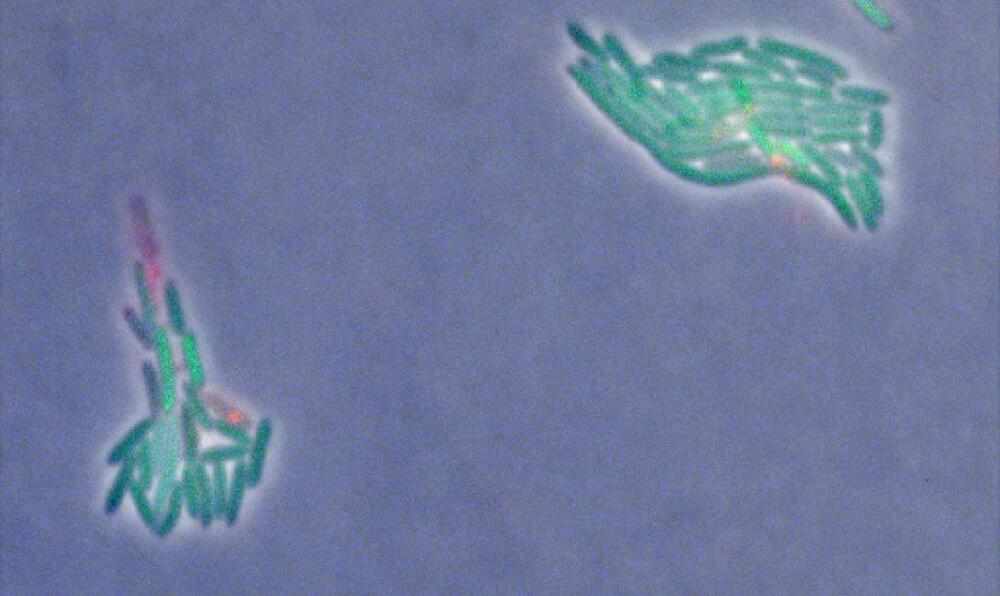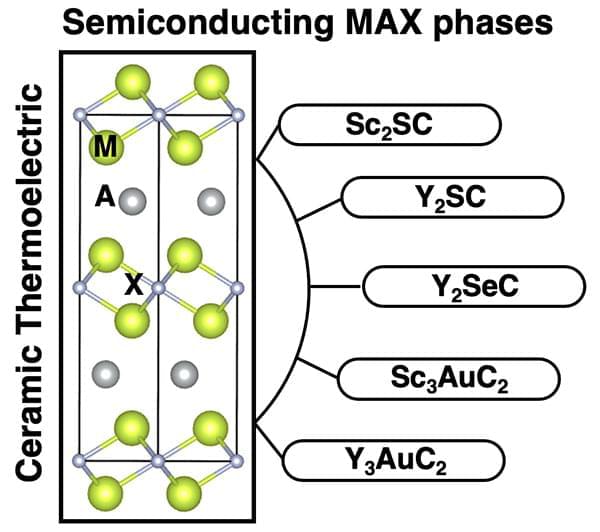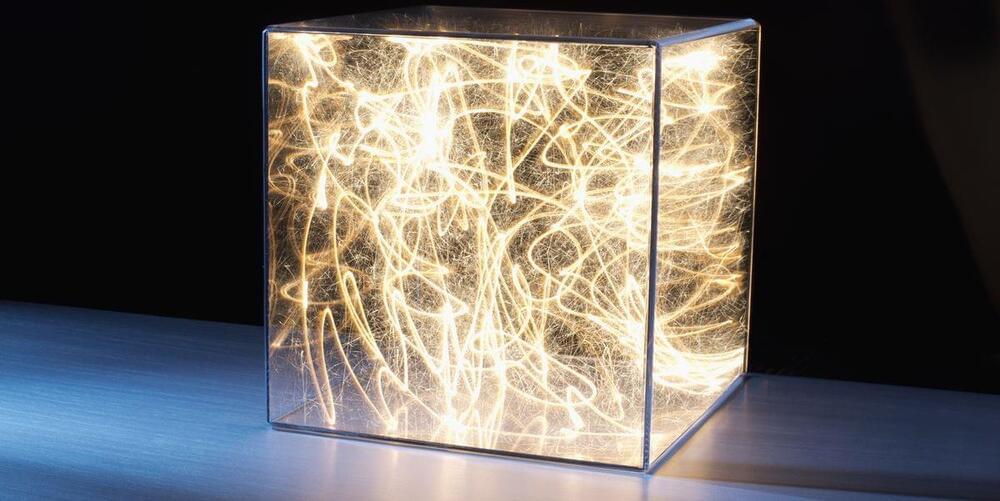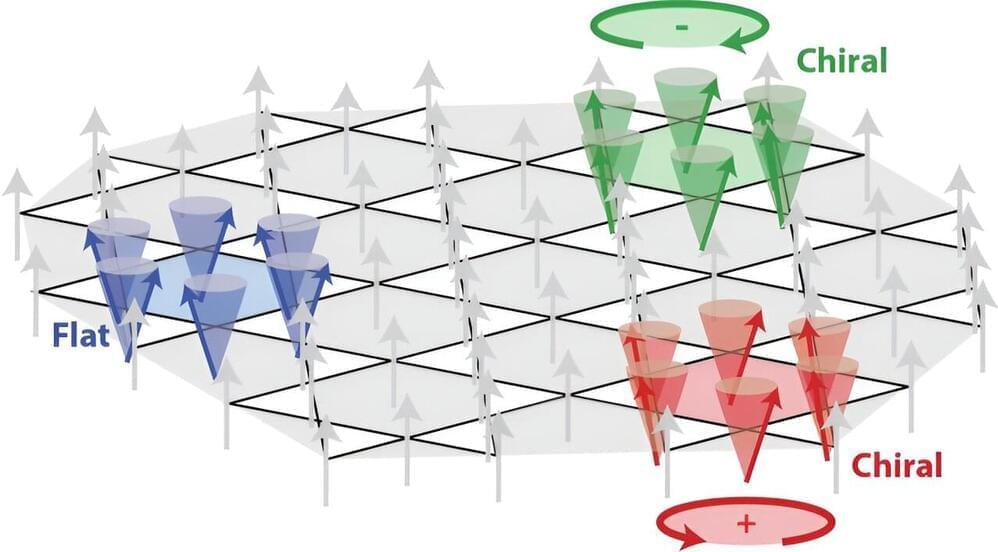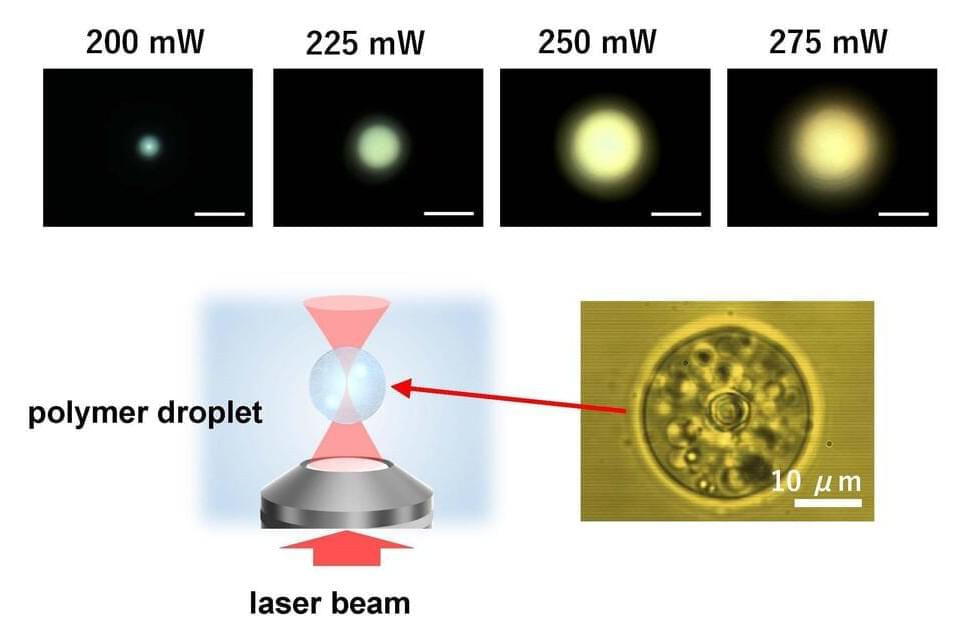Researchers have developed a new two-photon polymerization technique that uses two lasers to 3D print complex high-resolution structures. The advance could make this 3D printing process less expensive, helping it find wider use in a variety of applications.
Two-photon polymerization is an advanced additive manufacturing technique that traditionally uses femtosecond lasers to polymerize materials in a precise, 3D manner. Although this process works well for making high-resolution microstructures, it isn’t widely used in manufacturing because femtosecond lasers are expensive and increase the cost of printing parts.
“We combined a relatively low-cost laser emitting visible light with a femtosecond laser emitting infrared pulses to reduce the power requirement of the femtosecond laser,” said research team leader Xianfan Xu from Purdue University. “In this way, with a given femtosecond laser power, the printing throughput can be increased, leading to a lower cost for printing individual parts.”
